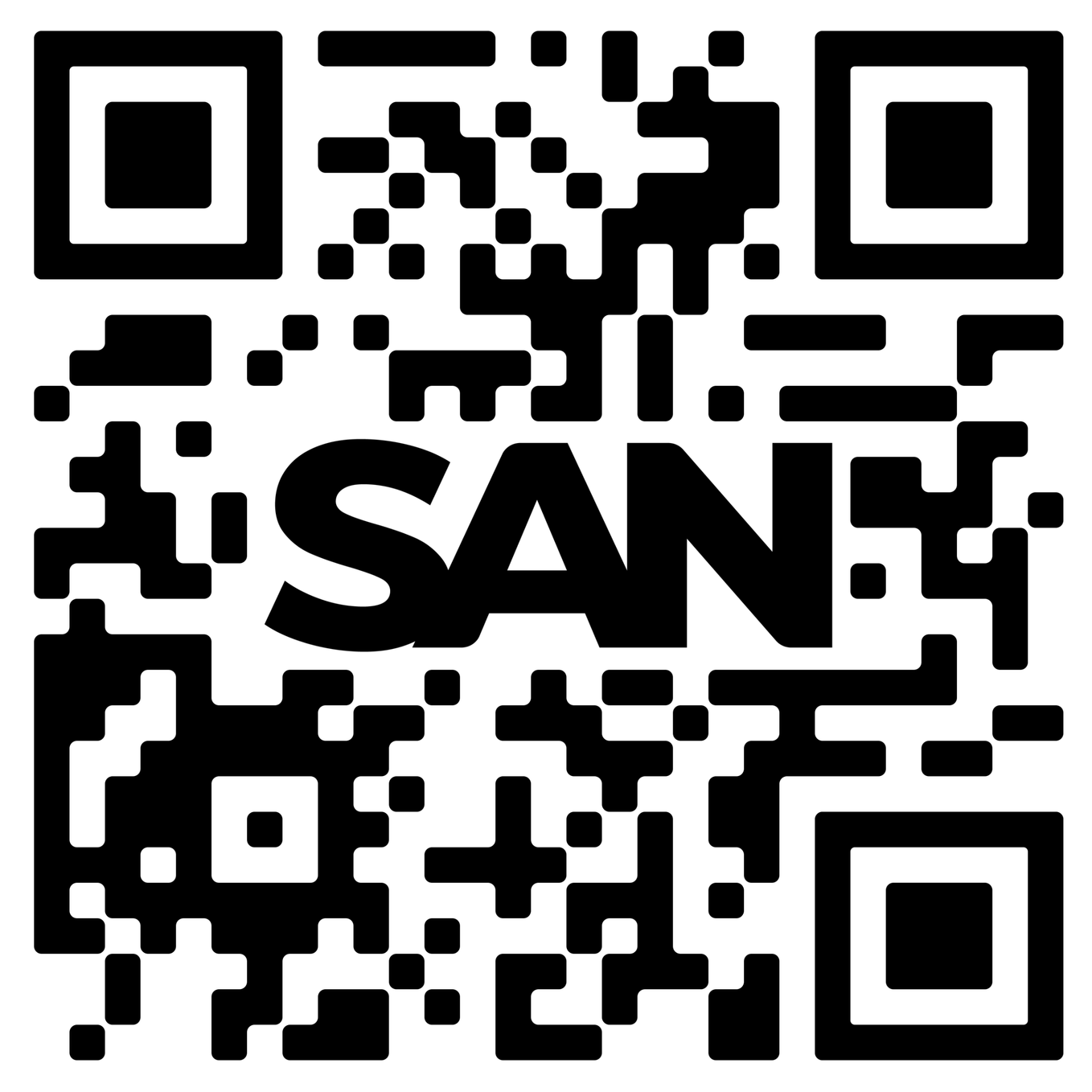- Chapters
- descriptions off, selected
- captions settings, opens captions settings dialog
- captions off, selected
This is a modal window.
Beginning of dialog window. Escape will cancel and close the window.
End of dialog window.
This is a modal window. This modal can be closed by pressing the Escape key or activating the close button.
This is a modal window. This modal can be closed by pressing the Escape key or activating the close button.
MLB testing robot umpires in spring training: How will they work?
By Chris Francis (Sports Reporter), Michael Edwards (Video Editor), Mohammed Ali (Motion Graphic Designer)
- Major League Baseball is testing a system that allows players to challenge balls and strikes during a game. The test is taking place at 13 ballparks during spring training.
- The challenge system, known as ABS, was tested in the minor leagues and won out over full robot umpires that would have replaced humans.
- Each team is allowed two challenges per game. However, if a team loses those two, they aren’t allowed any more challenges during the game.
Full Story
Baseball umpires have been calling balls and strikes since soon after the game was invented in the mid-19th century. Nearly 160 years later, those umpires will finally get some help –– at least during spring training.
Media Landscape
See how news outlets across the political spectrum are covering this story. Learn moreBias Summary
- Major League Baseball is testing a computerized system to call balls and strikes during spring training games, following four years of experiments in the minor leagues.
- Baseball Commissioner Rob Manfred supports the Automated Ball-Strike System to assist umpires but not replace them, which could be implemented by 2026.
- The testing involves cameras that track pitches and allows teams to challenge two calls per game, maintaining a challenge system that resembles past video review regulations.
- The technology will be tested in 13 ballparks, and modifications may be considered based on data from these games.
- A computerized system is being tested for calling balls and strikes during Major League Baseball spring training games after four years in the minor leagues.
- Baseball Commissioner Rob Manfred supports the Automated Ball-Strike System, which may assist home plate umpires but will not replace them.
- Human umpires will make calls during spring training, but teams can challenge two calls per game, with the review process averaging 17 seconds.
- MLB has installed the system in 13 spring training ballparks and estimates that 60% of spring training games will test the system.
- A computerized system for calling balls and strikes is being tested during Major League Baseball spring training games starting Feb. 20, 2025, after four years of experiments in the minor leagues.
- Baseball Commissioner Rob Manfred supports the Automated Ball-Strike System, which might aid umpires as early as 2026 without replacing them.
- Teams will have two challenges each during spring training, retaining a challenge if they are successful, as reported by SNY Mets.
- A technical glitch interrupted the automated strike zone on the first day, leading the Mets to use a Trackman machine for pitch locations.
Bias Comparison
Bias Distribution
Left
Right
Untracked Bias
MLB’s new automated ball-strike system, or ABS, is now being tested at 13 ballparks, and across 19 teams, in Arizona and Florida. If all goes well, it could be implemented in the major leagues as soon as the 2026 season.

Download the SAN app today to stay up-to-date with Unbiased. Straight Facts™.
Point phone camera here
What is the ABS challenge system?
Simply put, the ABS system is a way for players to challenge an umpire’s call. The system has been tested in the minor leagues for several years and won out over the use of robot umpires, computers that make every call and replace human umpires. Instead of relying on robot umpires to make the calls, the ABS leans on human umpires, and only comes into play for challenges.
The Texas Rangers’ Bruce Bochy, one of the most successful managers in the game, said it will take some getting used to but he’s willing to test the system out.
“I’ve seen it on the minor league side and seems like it’s created interest in the game, it goes pretty quick,” Bochy said. “You have to challenge right away –– the pitcher, the batter and the catcher are the three that can challenge this –– and I think it’s created interest with the fans, they have fun with it. So, we’ll see how it goes.”
What are some of the features or rules?
The strike zone used in the new challenge system is based on each batter’s height. Once the umpire makes a call, the batter, catcher or pitcher must challenge that call immediately by tapping on his hat or helmet. Each team starts the game with two challenges. However, they risk losing those challenges if a call is confirmed.
Baltimore Orioles manager Brandon Hyde says his minor league teams figured out they needed to be judicious about when to use the system and when to let a call go.
“They had rules last year in triple-A about, kind of, who could, who couldn’t, time of the game –– all that kind of stuff,” Hyde said. “Because guys were so aggressive early, early in the game and losing … [Y]ou don’t want it to be in the biggest spot in the game, and [Adley] Rutchman’s up, and he doesn’t have a challenge, and he knows the strike zone better than anybody.”
How will fans know what’s happening?
The set-up used to track balls and strikes is called the Hawk-Eye system. When a challenge is made, the video is shown to fans on a stadium’s video board and on the game broadcast for those watching at home. The league says they’ll be paying attention to how fans react.
According to the MLB, the ratio of calls overturned has been close to 50/50, with catchers overturning the most calls.
Get up to speed on the stories leading the day every weekday morning. Sign up for the newsletter today!
Learn more about our emails. Unsubscribe anytime.
By entering your email, you agree to the Terms & Conditions and acknowledge the Privacy Policy.
The best-case scenario for the test, according to Morgan Sword, MLB’s vice president of game operations, is to have everyone feel comfortable using it before spring training ends.
“Getting a majority of our players, coaches and fans feeling like they prefer that version of baseball to the status quo,” Sword said, adding, “we’re gonna find out that information at the end of the spring.”
There is some work to do in that regard. Legendary manager Terry Francona, in what will be his first season with the Cincinnati Reds, has asked his veteran players not to use the system. Given that he doesn’t think it’ll be part of the regular season, he doesn’t want to bother investing time in the experiment.
Baseball umpires have been calling balls and strikes since soon after the game was invented in the mid-nineteenth century. Nearly 160 years later those umpires will finally get some help. At least in spring training.
MLB’s new Automated Ball-Strike or ABS system is now being tested during games in Arizona and Florida
If all goes well it could be implemented in the major leagues as soon as the 2026 season. What is it? Put simply, it’s a way for players to challenge an umpire’s ball or strike call. It has been tested in the minors for several years and won out over the use of “robot umps”, a computer that makes every call.
Bruce Bochy, of the Texas Rangers, one of the most successful managers in the game said it will take some getting used to but he’s for it – for now.
“I’ve seen it on the minor league side and seems like it’s created interest in the game, it goes pretty quick. You have to challenge right away, the pitcher, the batter and the catcher are the three that can challenge this and I think it’s created interest with the fans, they have fun with it. So we’ll see how it goes.”
Boch referred to a few of the rules, the strike zone for the new challenge system is based on a batters height. Once the umpire makes a call the batter, catcher or pitcher must challenge that call immediately by tapping on his hat or helmet.
Each team starts the game with two challenges but when a team loses two that team is out of challenges, which means – be smart about it.
“They had rules last year in triple A. about kinda, who could, who couldn’t. Time of the game, all that kinda stuff. Because guys were so aggressive early, early in the game and losing. And that being, what you said, you don’t want it to be in the biggest spot in the game and Rutchman’s up and he doesn’t have a challenge and he knows the strike zone better than anybody.”
The set up used to track balls and strikes is called the Hawk Eye system and when a challenge is made the video is shown to fans via the video board in the stadium and at home on the game broadcast. MLB says they’ll be paying attention to how fans react.
Right now MLB says the ratio of calls overturned is close to 50/50 and catchers, no surprise, are clearly the best at it. So what would be the best case scenario?
[MORGAN SWORD VP OF BASEBALL OPERATIONS FOR MLB
“Getting a majority of our players, coaches and fans feeling like they prefer that version of baseball to the status quo and we’re gonna find out that information at the end of the spring.”
There is some work to do in that regard. Legendary manager Terry Francona in his first season with the Reds has asked his veteran players not to use the system, feeling it’s not going to be part of the regular season so why invest time with the experiment.
Of course, that won’t stop other teams from using it against his guys.
For Straight Arrow News, I’m Chris Francis.
Media Landscape
See how news outlets across the political spectrum are covering this story. Learn moreBias Summary
- Major League Baseball is testing a computerized system to call balls and strikes during spring training games, following four years of experiments in the minor leagues.
- Baseball Commissioner Rob Manfred supports the Automated Ball-Strike System to assist umpires but not replace them, which could be implemented by 2026.
- The testing involves cameras that track pitches and allows teams to challenge two calls per game, maintaining a challenge system that resembles past video review regulations.
- The technology will be tested in 13 ballparks, and modifications may be considered based on data from these games.
- A computerized system is being tested for calling balls and strikes during Major League Baseball spring training games after four years in the minor leagues.
- Baseball Commissioner Rob Manfred supports the Automated Ball-Strike System, which may assist home plate umpires but will not replace them.
- Human umpires will make calls during spring training, but teams can challenge two calls per game, with the review process averaging 17 seconds.
- MLB has installed the system in 13 spring training ballparks and estimates that 60% of spring training games will test the system.
- A computerized system for calling balls and strikes is being tested during Major League Baseball spring training games starting Feb. 20, 2025, after four years of experiments in the minor leagues.
- Baseball Commissioner Rob Manfred supports the Automated Ball-Strike System, which might aid umpires as early as 2026 without replacing them.
- Teams will have two challenges each during spring training, retaining a challenge if they are successful, as reported by SNY Mets.
- A technical glitch interrupted the automated strike zone on the first day, leading the Mets to use a Trackman machine for pitch locations.
Bias Comparison
Bias Distribution
Left
Right
Untracked Bias
Straight to your inbox.
By entering your email, you agree to the Terms & Conditions and acknowledge the Privacy Policy.
MOST POPULAR
-
 Phillip Faraone/Getty Images for Allegra
Phillip Faraone/Getty Images for Allegra
Producer’s son blames Rachel Zegler for ‘Snow White’ performance
Watch 3:011 hr ago -
 Michael Godek/Getty Images
Michael Godek/Getty Images
Fraudsters stole $100B in government funds, they just got away with it
Watch 2:555 hrs ago -
 ASSOCIATED PRESS
ASSOCIATED PRESS
JD Vance, wife travel to Greenland despite island pushback
Watch 12:0313 hrs ago -
 Paul Harris / Contributor via Getty Images
Paul Harris / Contributor via Getty Images
AZ lawmakers using provision rooted in England to dodge speeding tickets
Read21 hrs ago




